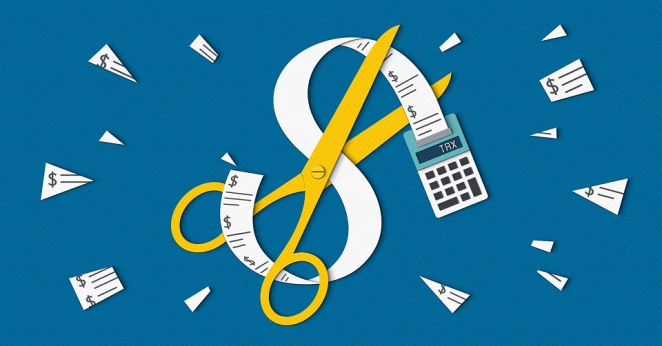Ben Ducker, Executive Creative Director at Journey Further, offers valuable insights for brands seeking to captivate audiences effectively and deliver powerful creative whilst managing tighter budgets and highlights the importance of data-driven approaches, reactive content creation, and the use of tools like stock imagery and AI.

Earlier in my career, I was working with one of the world's leading VFX companies on a TV ad for a phone network to produce a 30” spot set in space. The director informed me that this heavily CGI-based production cost more per second than the Oscar winning blockbuster, Gravity.
I’ve always been a big fan of the beautifully produced hero spot. Those 30-60” ads that offer escapism, humour, and powerfully challenge the way we see the world. If nothing else, the pure production value of a celebrity fronted or CGI heavy campaign with a famous soundtrack serves as a statement.
The Tiffany & Co. ad featuring Beyonce and Jay-Z is a prime example of using big production value to premiumise a brand's positioning, driving trust and desirability.
But, for CMOs without a multi-million-pound marketing budget, there is a rising industry of agile content creators. This proves that engaging content, from TV-worthy production to raw UGC style, is a growing fundamental, enabling brands to keep up with the speed of content consumption.
While traditional ad agencies play catch up in this space and turn a blind eye to the rise of this new army, there is a growing pressure to offer clients a service that can cater for the more reactive and affordable production of creative assets.
The reason for this demand is partly down to the speed at which we consume content. But it’s also down to the competitive landscape that brands are fighting for attention in. Gone are the days of genuine product USPs.
Instead, brands need cut-through content to grab the attention of the mobile audience who are now estimated to encounter between 6000 and 10,000 ads per day, that’s doubled since just 2007!
A data-driven approach to grabbing attention

So, how do you know what will grab attention? You don’t. It’s ok; neither do we most of the time. Sure, we have years of award-winning experience, human behavioural instincts and creative guesswork to lean on. But for brands with tighter marketing budgets, you need more than traditional agency finger-in-the-air thinking. You need data-driven creativity, designed to perform.
The truth is, to know what will work comes down to experimentation (or Science meets Storytelling as we name it). This again drives the need for resourceful content creation at speed as brands look to invest less in a single hero asset and instead spread smaller costs into a range of possible executions, and running these on social media to inform what direction the advertising can safely build on.
We’re seeing this trend supported in how Google requests ads are uploaded. While it used to be uploading two finished ads for a simple A/B test, it now wants to test 15!
So before jumping into your next big production, why not explore possible creative executions using stock imagery, design, or even AI to find what works best and then invest in the winning creative.
Reactive content at speed

Another way to drive attention is by being relevant which means creating reactive content, at speed. This simply doesn’t allow for a crew of 30 and various rounds of offline to online post-production.
Instead, it demands small in-house setups of agile creatives with interesting tools at their disposal such as adaptable lighting set-ups, drones and maybe a probe lens (a sure way to give production polish on a budget) to create compelling video or static assets that can respond to reactive content briefs.
Even with the ‘restrictions’ of the locations, the equipment and talent you have access to can supercharge creative thinking as they provide instant parameters to explore within.
For example, take stock footage. Sure, there’s some dreadful stock material out there, but in reality, the libraries of content are getting better, richer and smarter to navigate than ever before.
At Journey Further, we’ve built stock-only TV ads for clients for a tenth of the cost of even a low budget production. It enables you to write concepts and scripts in reverse, knowing what’s available and getting creative with how you can bring the brand or product to life.
It’s then easy to build a short CGI product sequence or pack shot into the stock footage and finish with careful editing and grading, plus some light VFX tricks to produce premium, bespoke looking content for brands worthy of TV. It’s simply a matter of creative problem solving.
The same can be said for AI image generation. Using a brand's product as a visual prompt to the likes of Midjourney, you can quickly produce rich scenes that bring the idea to life as if we’d shot it ourselves.
Using tools like this allows you to visualise campaign characters, mock-ups and create PR assets all with dramatically reduced resources in design, saving time and money.
With so much to gain from creative asset testing to understand where your creative should focus, to production savings in stock and AI, the content era is giving brands the ability to experiment.
The benefit to the creative industry is being able to build and deliver powerful creative built on data and not guess-work, therefore de-risking the execution and allowing us to go bolder in the right direction for work that grows brand and performance




